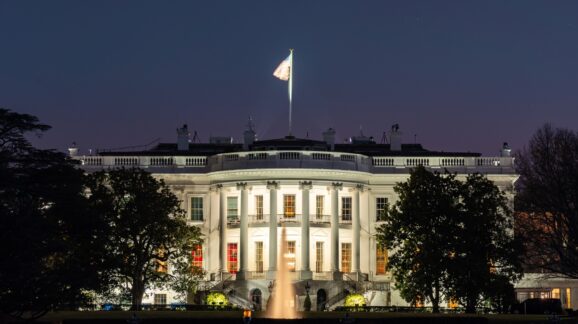Is Biden admin disappearing a red flag for costly regulations?

Photo Credit: Getty
Is the Biden administration trying to do away with the category of “economically significant” regulations altogether?
Before this administration, an “economically significant” regulation was one that had an estimated cost (or occasionally, beneficial effect) across the whole American economy of at least $100 million annually. President Joe Biden’s newly issued Executive Order 14,094 changes that, however.
On the one hand, it has become well-known among wonks that Biden’s E.O. 14,094 and its directive to the White House Office of Management and Budget to revise so-called “Circular A-4” guidance on regulatory analysis, raises the bar for a so-called “significant regulatory action” from the historical $100 million (historical in the sense that it originated in Bill Clinton’s E.O. 12,866)—to $200 million annually. Other criteria, such as the raising of novel legal issues, also could render an action “significant,” but cost was usually what got the attention.
But yet another change is afoot, as we appear to be in an as-yet unannounced transition whereby the Biden administration is dispensing with the somewhat weightier term “economically significant” altogether.
The White House’s new 2023 Unified Agenda of Federal Regulatory and Deregulatory Actions was just released (we surveyed it here). The Agenda has been uniquely known over the years for presenting “economically significant” $100-million rules, where cost is the emphasis rather than other criteria. While an “economically significant” rule would automatically be a “significant regulatory action,” the reverse need not be true. (We detailed such obscurities at length here).
True, the Unified Agenda database now contains a radio-button for “Section 3(f)(1) Significant” rules, referring to Biden’s new modification of the E.O. 12,866 cost threshold to $200 million annually. But while the button to select and analyze “economically significant” rules does remain in the Agenda database, the definition accompanying it now refers to this important category entirely in the past tense. It reads:
This term [economically significant] was used for regulatory actions reviewed between September 30, 1993, when E.O. 12866 was issued, and April 6, 2023, when the Modernizing E.O. was issued. The term referred to a regulatory action as determined under Section 3(f)(1) of E.O. 12866, that will have an annual effect on the economy of $100 million or more or will adversely affect in a material way the economy, a sector of the economy, productivity, competition, jobs, the environment, public health or safety, or State, local, or tribal governments or communities.
If this is intentional and it sticks, it will be a bad thing for regulatory transparency. Without the “economically significant” label, fewer costly rules will be subject to added scrutiny, which is already happening due to the threshold increase to $200 million annually. Currently, just 18 in the “active” category of rules and regulations are flagged as “Section 3(f)(1) significant.”
Doesn’t quite roll off the tongue, does it? As it stands there are nearly 300, rather than fewer than two dozen, rules in the apparently soon-to-evaporate “economically significant” category.
Granted, one can still comb through a broader 1,000-plus “significant” subset of rules, but quantitative tallies are not likely to be readily available for larger rules that agencies do not acknowledge to cost $200 million.
Losing the “economically significant” flag would be a real problem, but it looks to be the intent. Congress needs to pay close attention here, and monitory regulatory shenanigans in the coming months.